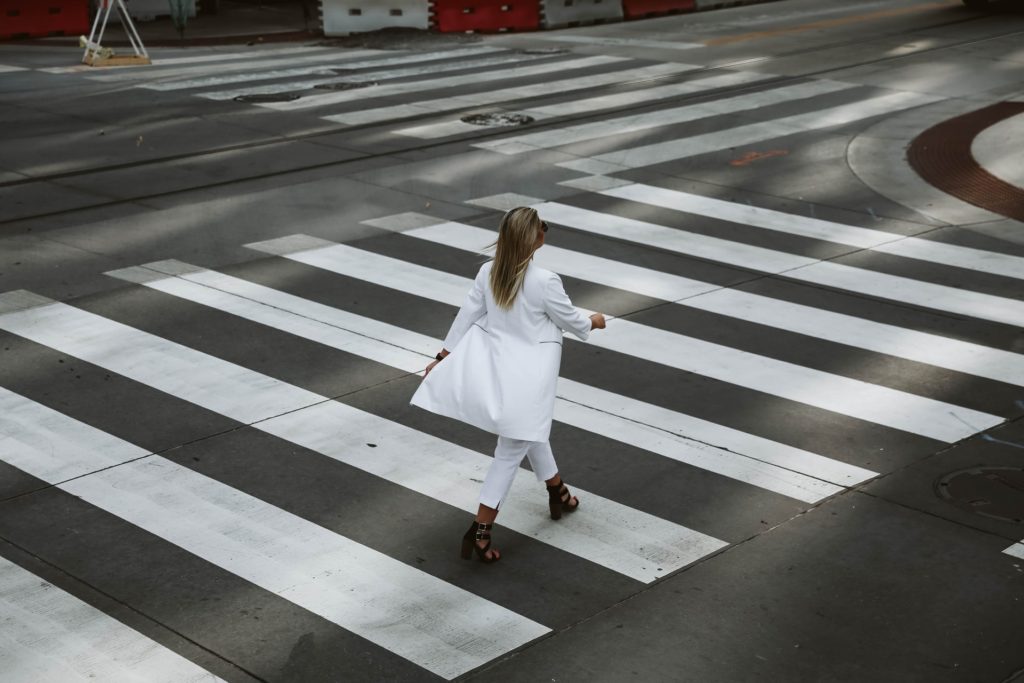Seven out of ten Belgians consider that the rule that gives priority to pedestrians on zebra crossings contributes to road safety, according to a poll by the traffic institute Vias.
It will come as a surprise to many that it was only 25 years ago that the duty of drivers to give priority to pedestrians on crossings was enshrined in law. Since then, most drivers, not to mention pedestrians, have grown to see the rule as a good thing, and observe it with politeness and consideration.
For example, 77% of pedestrians acknowledge a driver’s stopping with a wave of the hand or a thumbs-up, with one in three giving a nod of the head in thanks.
On the other side, 57% of drivers make a gesture to signal to pedestrians that they may cross, while 28% make eye contact and a head movement.
"Such a gesture is particularly important because it allows pedestrians to be sure that they have been seen and to cross safely," a Vias spokesperson told the RTBF.
Just over half of drivers (54%) said they always stop when a pedestrian is crossing, while 42% usually do. The remainder, presumably, accounts for those who actually accelerate on approach in order not to lose vital seconds getting where they’re going.
On the negative side, 9% of pedestrians said they have had to force a driver to stop to allow them to pass, a figure that rises to 13% in Brussels.
Six out of ten pedestrians involved in an accident were at the time on a crossing without controlling lights, of the sort most commonly found in cities. The number (57%) has gone up since 2019, when it was 50%.
Among drivers, 84% claimed to be aware of the law that they must give way not only to pedestrians on the crossing, but also to those about to cross.
However 31% were unaware that the law also states that vehicles must approach a crossing at an undefined ‘moderate speed’, even if it appears no pedestrians are present.
Pedestrians, similarly, must approach a crossing "with caution and taking into account the approaching vehicles," the law states – a fact 23% of those polled were unaware of.
"This can lead to conflict and dangerous situations,” a Vias spokesperson said. “Some pedestrians have their eyes riveted on their mobile phones and barely pay attention to the traffic."

